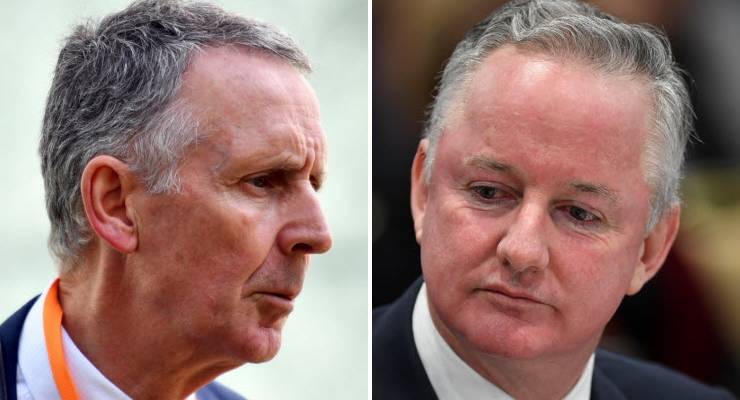
The decision by the News Corp-Nine duopoly to close the Australian Associated Press (AAP) news service yet again reveals the two important rules of modern capitalism.
Rule one: monopolies gonna monopolise.
Rule two: for media monopolies, see rule one.
Australia’s large media companies talk a good game on press freedom and media diversity. But when encouraged to choose between those high-minded principles and their own monopoly interests… well, let’s look to last week.
The careless chatter about not wanting to subsidise competitors ripped off the mask to reveal the crude commercial calculations that underpinned the decision: it was not about saving money (or not just about saving money), it was about the traditional media’s desperation to protect its monopoly position.
News Corp has a history of attacks on emerging media: its war on blogging in 2010, the repeated attempts to gin up investigations into the industry super funds’ backing of The New Daily, and the continued sneering (including by some senior journalists who should know better) at Twitter.
It’s a desperate attempt to get back to the good old 20th century, when traditional media could command attention by relying on the capital costs of publishing and distribution to freeze out alternatives.
AAP is not just another source of news. It is a key piece of institutional infrastructure on which Australia’s media has been built. It’s the most significant media institution to close in the wake of digital disruption. Its closure makes it that much harder to build the new ecosystem Australia needs.
The company was set up in 1935 to ensure that all commercial news media had a shared high floor of independent information. It ensured that no matter where you lived or the media you consumed, your media of choice would have general access to stories out of parliaments and courts.
It’s a commodified service, but it’s a commodity that emerging news organisations need. It’s the strong foundation on which their unique offering can be built.
Although structured as a company, AAP works more like a cooperative, (which remains the structure of the older US equivalent, Associated Press). To prevent domination by any one company, its shareholding has always been divided among the key players. Blocking majority ownership by any single company was a condition of the then-Trade Practices Commission. The commission also approved News Corp’s 1980s rise to print dominance through the takeover of The Herald & Weekly Times.
As the media has increasingly monopolised in the decades since, AAP ownership has been regularly restructured to sustain this principle. Now, the media is too monopolised for that approach to protect the wire service.
The power to close AAP flows in an almost direct line from the decision of the federal government to change media ownership rules in 2017. These changes facilitated consolidation among traditional media including last year’s Nine-Fairfax merger and the intensified, although more informal, cooperation between News Corp and Seven West Media.
The smaller traditional media will also suffer without AAP. The biggest loser is Australian Community Media (ACM), which relies on AAP to support the effective regional newspaper monopoly in the south-eastern states that it bought during the Nine-Fairfax merger. However, ACM has fallen out with other club members by blocking the merger of regional broadcaster Prime with Seven.
AAP is not the first wire service to fall victim to traditional media monopolies. In 2011, New Zealand’s largest media company Stuff (then owned by Fairfax and now for sale by Nine) led the closure of that country’s equivalent, the NZPA. Didn’t need it, they said. Wouldn’t support it.
The gap was filled, for a while at least, by AAP stepping in with NZ Newswire. Then this closed in 2018.
Now, the New Zealand past looks like being Australia’s future: less local news in traditional media, weakened independent media, more reliance on a continually stressed public broadcaster. Perhaps a few more years of domination for the diminishing media giants.








Was everyone “plagiarising” AAP – not paying (enough/anything) for their stories? If that is true how can AAP be expected to be run as a charity, paid for by a couple of media outlets?
If it was being milked then whose fault is it that it’s run dry?